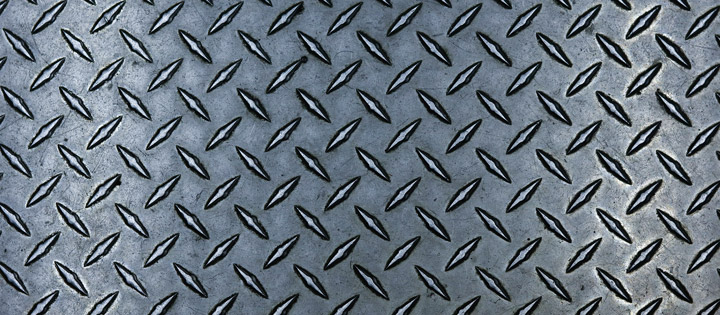
3D Printing Material: More Than Plastic
Researchers and innovators around the world keep coming up with opportunities and discoveries in 3D printing making the technology brand new when it’s actually decades old. Out of imagination and creativity, people experiment with new materials, developed processes to create objects previously impossible to print, and come out with new building typologies. Where materials are concerned majority of print material used is still plastic.
However, a product designer from the Netherlands have developed a method using wet paper fibers which are stronger and durable than regular paper. It uses a natural binding agent and is recyclable.
Steel is also the next promising material. The world’s first 3D-printed stainless steel bridge was announced at Dutch Design Week in October of 2018 by a robotics company. The Iowa State University developed a 3D-printed ceramic facade that can be integrated with a building’s mechanical system to control light, airflow, and privacy, also providing evaporative cooling benefits.
Another material is glass, considered even dangerous to work within 3D printing, involving heating the glass to 1,000 degrees Celsius resulting to coarse-textured products. The German Karlsruhe Institute of Technology used a standard 3D printer to produce liquid glass. The acrylic solution had dispersed silica in it and when the object was printed ultraviolet light hardened the material. It was then exposed to high temperatures and as the material burned away, the silica particles fused into smooth, transparent glass.
The internal and external structure of materials like wood have been developed at New York’s Columbia University using a scanning technique combined with 3D printing. An actual wood block was used as a guide to create the model that was first sliced at exact intervals; the images then made by these slices were prepared for 3D printing. The meaning of this success is that other objects with complex internal structures can be 3D-printed. Concrete is another material worth mentioning. The U.S. Marine Corps recently created the world’s first 3D-printed concrete barracks, all of 500-square- foot barracks in 40 hours.
An Italian company WASP has created a 3D-printed house from natural materials in the surrounding area – namely earth and the waste products from rice production. A large-scale 3D printer was used. It has just a few wooden components, took 100 hours to build and has no ecological impact.



